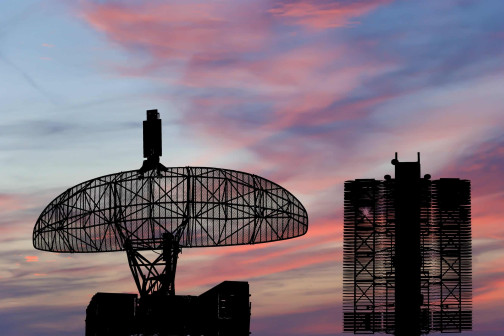Something that frequently comes up in discussions about wildfire response management nowadays is the need for up-to-date, reliable, and accurate tracking information for your moving assets. But what kind of tracking is best for wildfire response management?
This article will discuss the two main types of tracking available for use: Cellular and Satellite tracking. The benefits and pitfalls of each option will be looked at, with thought given to the shared role that they can play in wildfire response asset management.
Table of contents
1. What is Cellular Tracking
2. What is Satellite Tracking
3. The Role of Dual Cellular/Satellite Tracking in Wildfire Response Management
4. The Role of Dual Cellular/Satellite Tracking at TracPlus
5. Conclusion
What is Cellular Tracking
Cellular tracking is the more common of the two options. As indicated in the name, ‘Cellular’ tracking uses a network of cell towers to ping your location and triangulate your position within a network. This is the technology that all smartphones use to find your location and give directions on maps based on where you currently are.
A key benefit of cellular tracking networks is that they are high in accuracy and low in cost compared to alternatives. A multitude of cell towers in urban areas allows for a high frequency of pings that supplies reliable real-time tracking capabilities, hence why it’s perfect for maps.
However, once you leave urban areas for more rural and remote settings, the reliability of cellular tracking decreases. Without cell towers to ping off, the accuracy of cellular tracking is significantly diminished. Cellular signals can also be easily jammed or disrupted by obstructions such as tall buildings, mountains or dense bushland. For critical operators who work in remote areas, this is unacceptable.
What is Satellite Tracking
As would be expected, satellite tracking uses satellites to ping your location anywhere in the world. Similarly to cellular tracking, it can use multiple satellites to triangulate your exact location on the globe.
The biggest strength satellite tracking has over cellular tracking is that because of the lack of reliance on cell towers, satellite tracking is accurate in most rural and remote areas. Networks like Iridium are even viable in Antarctica. Satellite tracking is also not as easily interrupted as cellular tracking, making it more reliable.
There still are pitfalls to satellite tracking however. Due to the enhanced features of satellite tracking, it ends up being much more expensive for users. The use of satellites also results in lower latency with fewer pings than cellular, which is something critical operators in fast paced scenarios often cannot afford.
The Role of Dual Cellular/Satellite Tracking in Wildfire Response Management
As we know, a wildfire can be a complex, unpredictable, and rapidly changing situation that requires well co-ordinated, combined efforts to be subdued. A key aspect of wildfire management is real-time GPS asset tracking and that requires continuous monitoring in order to be effective.
This is where dual use of cellular and satellite tracking technologies comes into play. By utilizing both, they complement each other with their respective benefits. Cellular options allow for cheap and fast continuous monitoring of assets, while satellite options means assets are never lost even in remote areas with little cell reception.
The Role of Dual Cellular/Satellite Tracking at TracPlus
In fast-paced, rapidly developing contexts the benefits of dual tracking cannot be overstated. This is why TracPlus uses dual cellular and satellite technology in the GPS tracking devices we provide to ensure our clients get nothing but the best tracking solutions possible. Many of our devices connect to both cellular networks and the Iridium network, which provides global satellite coverage. When cellular coverage is available, our products will automatically connect to these networks, sending out a signal every 15 seconds which allows for accurate tracking at a reduced cost. Once cellular coverage becomes unreliable or unavailable, our devices automatically switch to the Iridium network and send a signal every two minutes. This ensures that we are able to provide our customers with accurate, reliable tracking data for the most efficient price.
Conclusion
Overall, both cellular and satellite tracking have huge strategic benefits, but not without pitfalls that can let them down in certain contexts. Here at TracPlus, we utilize both forms of tracking to ensure all operators using TracPlus Cloud have access to the most well-informed asset-tracking technology possible.
If you’re interested in learning more, get in touch with us ASAP about how we can help keep your people safe.
